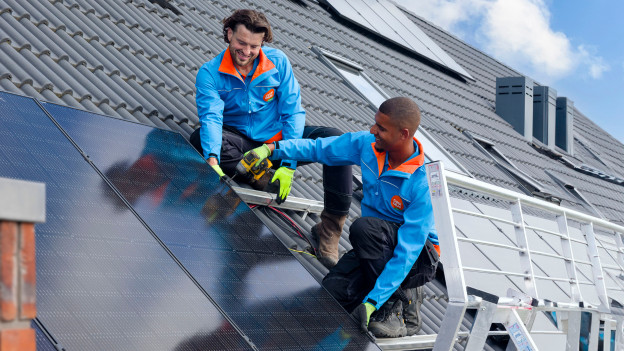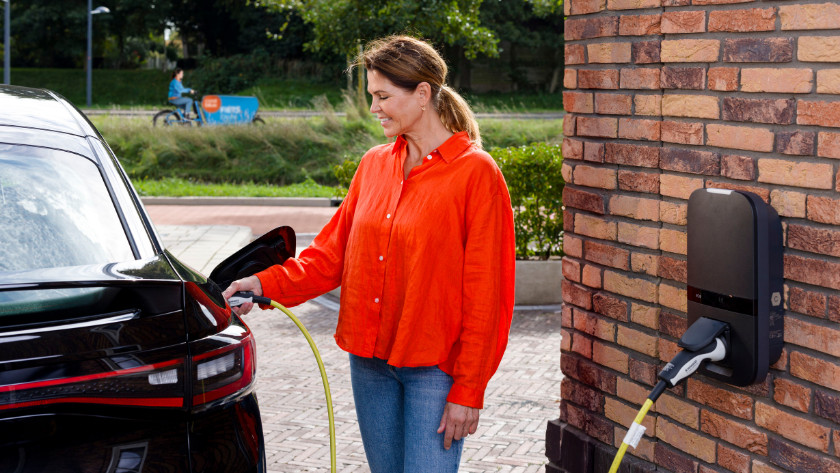How do dynamic hourly rates work with solar panels?
Dynamic rate for feed-in

Sometimes, you generate more energy with your solar panels than you're using at that moment. For the feed-in, you receive the same hourly price you would pay if you would use the electricity from the grid. You receive the market price applicable at that time, purchase fee, and energy tax, including VAT.
The rate you receive for feed-in is lower than what you pay for usage. That's because you mainly feed-in to the power grid in the afternoon. And not only you, but everyone in the Netherlands with solar panels. The market price is low, because there's a lot of cheap, green solar power on the power grid.
Feed-in with negative prices

Is the electricity demand low and the electricity supply high? You get payed for usage and at the same time you pay for feed-in of electricity. This rarely happens, because the market price includes energy tax. The market price has to be negative by a lot before you have to deal with negative prices. Does it happen? Try to use as much as possible yourself.
Net-metering with dynamic rates

Right now, you can fully deduct the amount you supplied from your yearly usage. That's called net-metering. We net-meter dynamic electricity annually. At the end of the year, you receive money for your supplied electricity. But up to a maximum of your usage of the same year. For example, if you used 2000kWh, but supplied 2500kWh to the power grid, you receive the full dynamic hourly rates up to 2000kWh.
Dynamic hourly rates with solar panels
Do you have solar panels? A dynamic electricity price can sometimes be a good choice. In the following 4 situations, it's a good choice:

You don't supply a lot.
You use free solar power indoors and have no disadvantage from a lower dynamic feed-in rate. You can benefit from the dynamic rates at moments you don't feed-in.

You supply more than you use.
With fixed contracts, you receive a feed-in compensation when there's too much generated electricity. This is low most of the time, around 7 cents per kilowatt hour. With dynamic rate, you get the market price. On average, this is higher than 7 cents.

You use much more than you supply.
Do you feed-in less than 25% of your usage? The advantage of dynamic rates is larger than the disadvantage of the lower feed-in tariffs.

Your solar panels have an east-west setup instead of north-south.
Most panels are positioned to the south. Because of this, the price at the middle of the day is low. With an east-west position, you generate more electricity when the price is still high.
Not recognizable?
If you don't recognize yourself in one of these situations, a fixed electricity contract is probably more affordable. Luckily, you can also easily get this at Coolblue Energy.

